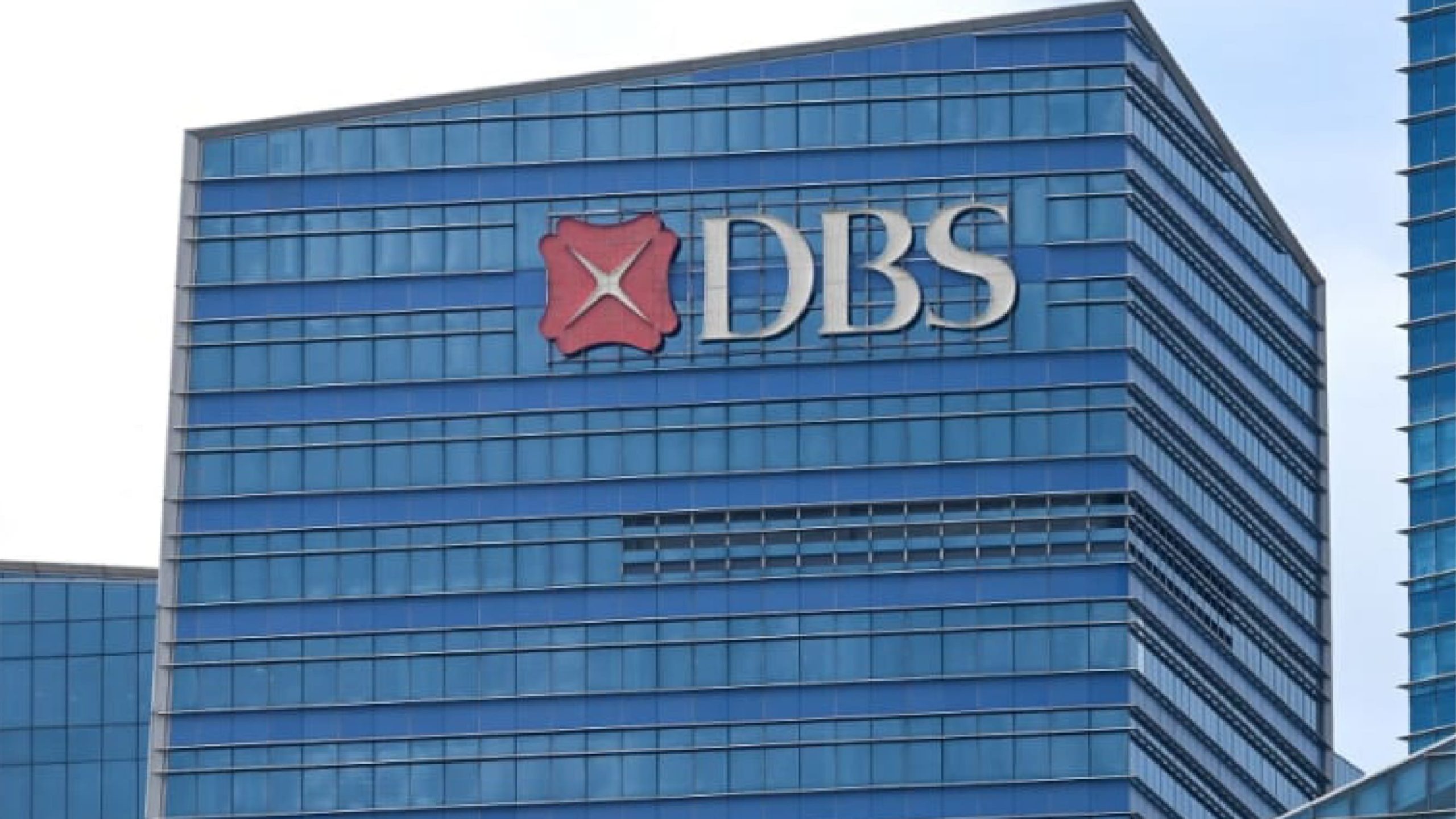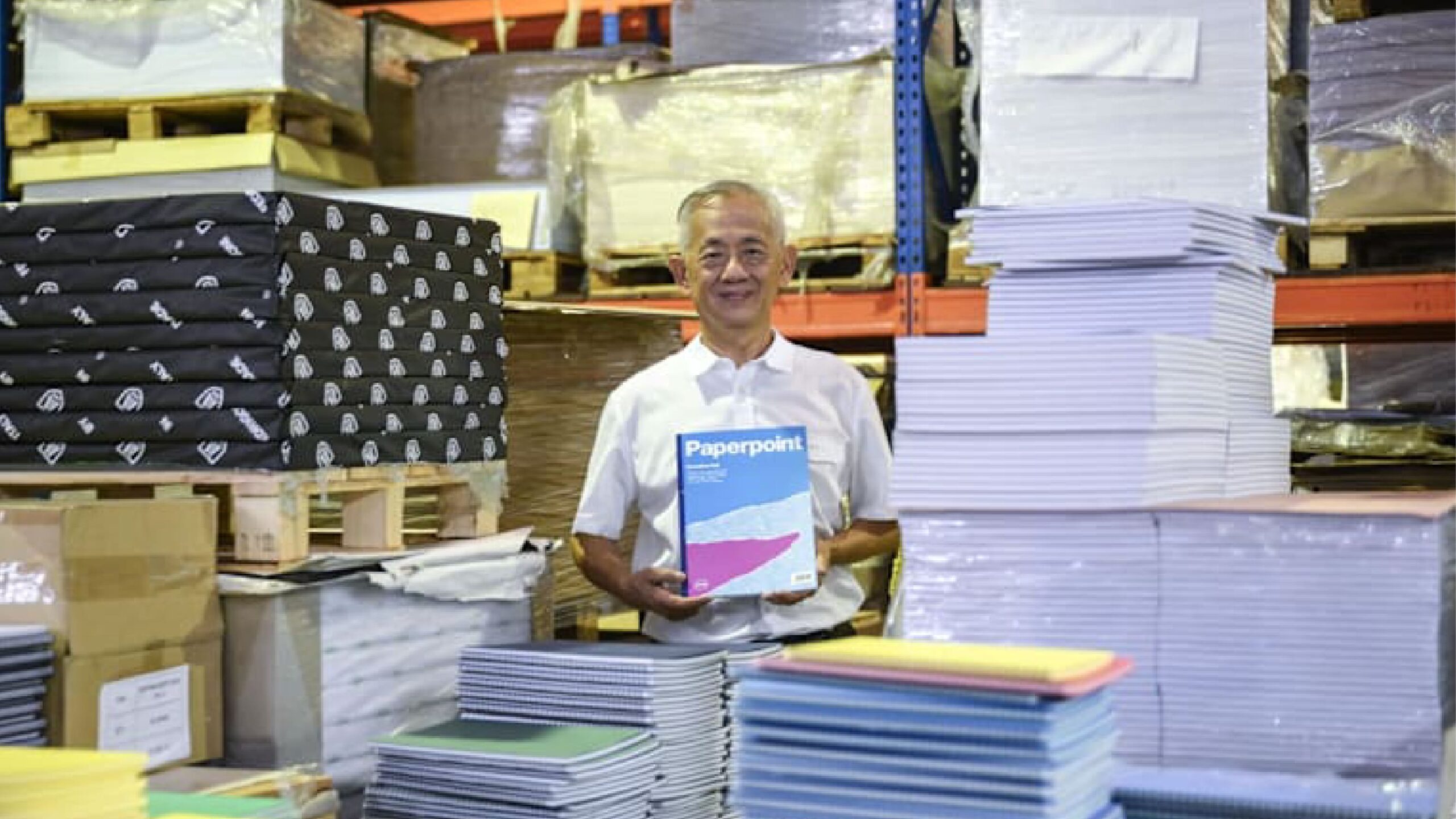Singapore’s banking sector delivered a mixed set of earnings for the second quarter of 2024, with DBS Group Holdings maintaining its 2025 outlook, while United Overseas Bank (UOB) trimmed its forecasts amid global economic uncertainties. The results reflect the challenges and opportunities facing the industry as it navigates a shifting interest rate environment and geopolitical headwinds.
DBS Reports Modest Profit Growth and Higher Dividend Payouts
DBS, Singapore and Southeast Asia’s largest bank by assets, posted a 1 percent year-on-year increase in net profit for the April to June quarter. The bank reported earnings of S$2.82 billion (US$2.20 billion), surpassing the S$2.77 billion average estimate from analysts tracked by LSEG.
The profit growth was supported by higher total income across the bank’s operations. Shareholders will see an increase in returns, as DBS raised its ordinary dividend by 11 percent to 60 Singapore cents per share compared to a year earlier. Additionally, the bank announced a capital return dividend of 15 Singapore cents per share, a payout it did not offer in the same period last year.
Despite the revenue growth, some profitability indicators softened. Return on equity fell to 16.7 percent from 18.2 percent a year earlier. Net interest margin, a key profitability metric for banks, declined to 2.05 percent from 2.14 percent, reflecting the evolving interest rate landscape.
UOB Sees First Profit Decline in 2024
UOB, the third-largest bank in Singapore and Southeast Asia, faced a tougher quarter. Net profit dropped 6 percent year-on-year to S$1.34 billion, missing analysts’ consensus forecast of S$1.47 billion according to LSEG data. This marks UOB’s first decline in profit since the first quarter of 2024.
The drop was primarily attributed to lower net interest income, as pressure on margins began to weigh on earnings. UOB declared an interim dividend of 85 Singapore cents per share, representing a 3.4 percent decrease from the same period last year.
Split Outlook for 2025
The second-quarter results revealed a divergence in strategies between DBS and UOB regarding their 2025 outlooks.
DBS Maintains Positive Projections
DBS Chief Executive Officer Tan Su Shan expressed confidence in the bank’s ability to manage through uncertainties. She highlighted the bank’s proactive approach to balance sheet management, strong capital reserves, and solid liquidity position.
“Our proactive management of the balance sheet puts us in a good position to navigate the interest rate cycle, while strong capital and liquidity ensure we are well placed to support customers,” Tan stated.
DBS reaffirmed its 2025 outlook, projecting net interest income to be slightly above 2024 levels. However, the bank anticipates that overall net profit may come in lower due to ongoing economic headwinds.
UOB Lowers Loan Growth Expectations
In contrast, UOB adopted a more cautious stance. The bank now expects loan growth in 2025 to be in the low single digits, down from earlier high single-digit projections. This revision follows a temporary suspension of its guidance in May as it assessed the impact of recent United States tariffs.
Fee income growth is now expected to be in the high single digits, lower than the previous double-digit forecast. UOB Deputy Chairman and CEO Wee Ee Cheong stressed that the bank remains committed to long-term growth despite the more conservative outlook.
“As a long-term player, we are committed to supporting clients through uncertainties and investing in capabilities for sustainable growth,” Wee said.
Industry-Wide Challenges
The announcements from DBS and UOB came shortly after OCBC, Singapore’s second-largest bank, posted second-quarter results that met expectations but included a downward revision of its 2025 net interest income forecast. OCBC also warned that tariff-related uncertainties could persist into the coming year.
These developments in Singapore’s banking sector mirror trends among major international lenders. Institutions such as HSBC and Standard Chartered have also flagged the impact of macroeconomic and geopolitical risks in their recent earnings reports.
Navigating a Complex Economic Landscape
The mixed performance among Singapore’s top banks underscores the complexity of the current financial environment. While strong capital positions and diversified income streams provide resilience, challenges such as narrowing interest margins, fluctuating global demand, and trade-related uncertainties are likely to shape strategies in the coming quarters.
For DBS, the focus remains on leveraging its balance sheet strength to sustain income levels, even as profit growth moderates. For UOB, a measured approach to growth and prudent capital management will be essential as it adapts to a more cautious lending environment.
As the region’s banking leaders prepare for 2025, their strategies will be tested against shifting economic conditions, evolving monetary policy, and the broader impacts of global trade tensions.








